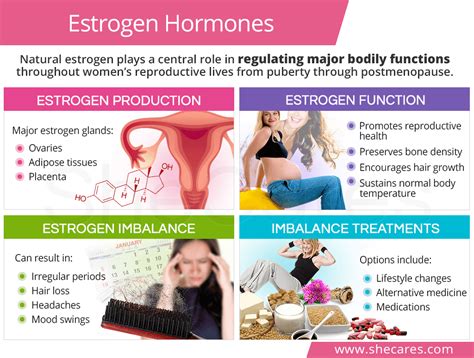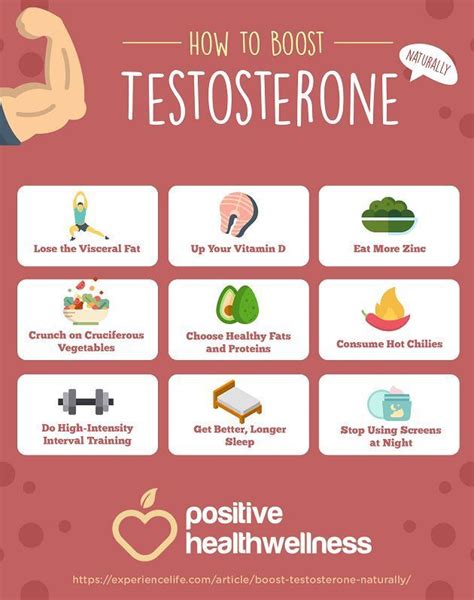Understanding Sex-Specific Body Fat Patterns
The human body is remarkably complex, and one of its intriguing aspects is how it stores energy in the form of fat. While individual variations abound, there are distinct, typical patterns of body fat distribution that emerge between men and women. These differences are not merely cosmetic; they reflect fundamental physiological processes with significant health implications.
Broadly speaking, men often exhibit an ‘android’ or ‘apple’ pattern, characterized by fat accumulation around the abdomen and trunk. In contrast, women commonly display a ‘gynoid’ or ‘pear’ pattern, where fat is predominantly stored in the hips, thighs, and buttocks.

The Android Pattern: More Common in Men
For men, fat storage tends to be centralized, accumulating around the abdominal organs (visceral fat) and beneath the skin on the trunk (subcutaneous abdominal fat). This leads to the characteristic ‘apple’ shape. This type of fat distribution is often associated with higher risks of metabolic diseases, including type 2 diabetes, heart disease, and hypertension, as visceral fat is metabolically active and can release inflammatory compounds.
The Gynoid Pattern: Predominant in Women
Women, particularly during their reproductive years, typically store fat in their lower body – the hips, thighs, and buttocks. This ‘pear’ shape is largely due to subcutaneous fat in these areas. While significant fat in these regions can still impact health, this type of fat distribution is generally considered less metabolically risky than abdominal fat, though excessive accumulation can still lead to health issues.

Primary Physical Reasons: The Role of Sex Hormones
The most significant drivers of these differing fat distribution patterns are sex hormones, predominantly estrogen in women and testosterone in men.
Estrogen’s Influence on Female Fat Storage
Estrogen, the primary female sex hormone, plays a crucial role in promoting fat deposition in the lower body (hips, thighs, buttocks) and breasts. This evolutionary adaptation is believed to be vital for childbearing, providing energy reserves for pregnancy and lactation. High estrogen levels during reproductive years maintain this ‘gynoid’ pattern. As women approach menopause, estrogen levels decline, often leading to a shift towards more abdominal fat storage, resembling the male ‘android’ pattern.

Testosterone’s Impact on Male Fat Storage
Testosterone, the predominant male sex hormone, promotes muscle development and also directs fat storage towards the abdominal region. It influences the activity of enzymes involved in fat metabolism, favoring deposition around the internal organs. While testosterone is anabolic (muscle-building), higher levels are associated with increased visceral fat. As men age and testosterone levels naturally decline, they may still maintain or increase abdominal fat accumulation, especially in conjunction with lifestyle factors.

Other Contributing Factors
Beyond hormones, genetics also play a role in individual predispositions to fat storage. A person’s genetic makeup can influence where their body tends to store fat, interacting with hormonal signals. Metabolic rates, lifestyle choices (diet, exercise), and stress levels further contribute to the overall picture of body fat accumulation and distribution in both sexes.
Conclusion
The distinct patterns of body fat distribution in men and women are primarily dictated by the powerful influence of sex hormones, particularly estrogen and testosterone. These hormonal effects, rooted in evolutionary biology, create the characteristic ‘apple’ shape in men and ‘pear’ shape in women, with significant implications for metabolic health. Understanding these inherent differences is crucial for personalized health advice and for appreciating the intricate biological distinctions between the sexes.




